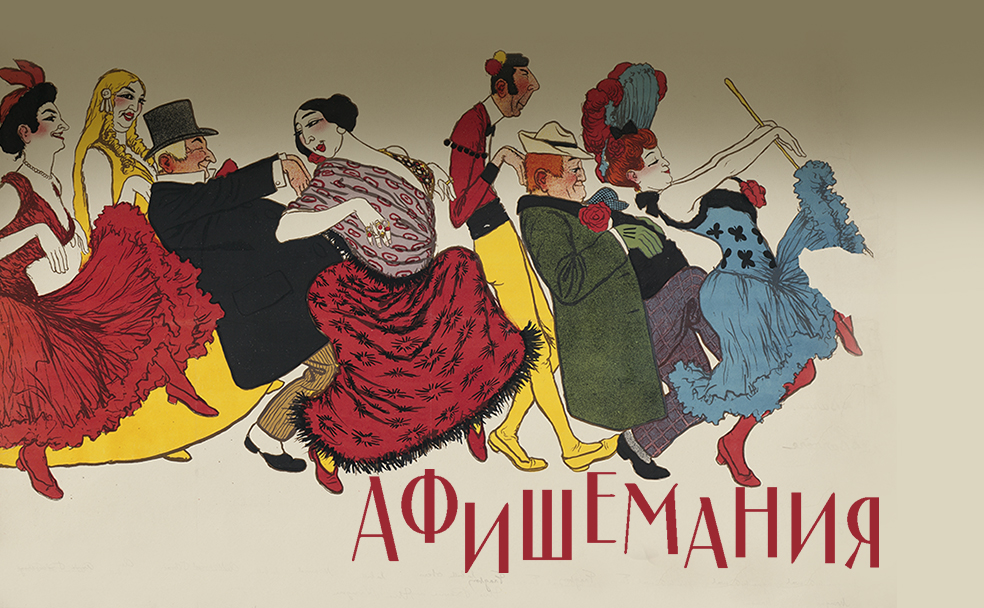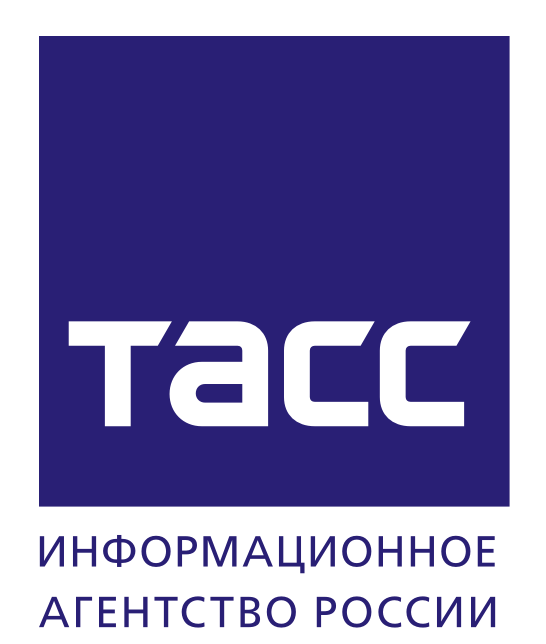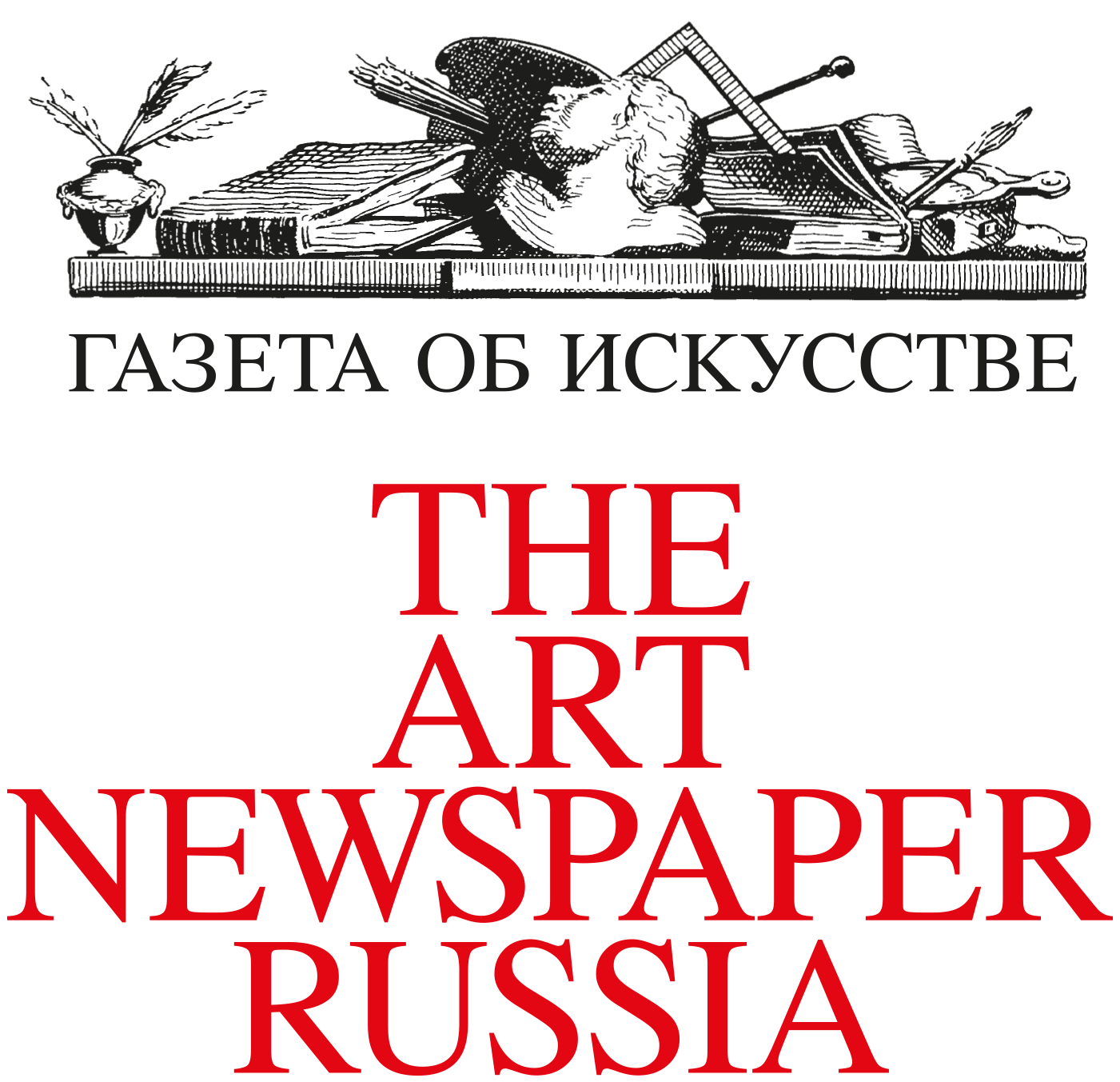The Pushkin State Museum presents “Affichemania,” an exhibition of French advertising of the late 19th — early 20th century. The exhibition will feature 130 affiches from the museum collection to acquaint the audience with the origins and evolution of posters as a form of art. Visitors will see works by famous artists and illustrated ad masters, including Henri de Toulouse-Lautrec, Alphonse Mucha, Paul Gavarni, Leon Choubrac, Jules Cheret and Adolphe Willette.
As a part of the artistic process, posters bear a reflection of various trends in art, illustrating their inherent features and the unique style of their authors. The affiches from the Pushkin State Museum collection trace the history of Belle Époque, a significant period in French art. Moreover, artistic advertising from the 19th century is documentary evidence of that time. Responding to milestone events, affiches reflected different political movements, served as a voice of socialist and anarchist ideas, played a tremendous role in the life journeys and careers of politicians and public officials, and showcased the achievements of science and technology. They expanded the boundaries of the cultural environment, turning European city streets into exhibition halls. As they fulfilled their primary function of commercial advertising to promote goods and services, affiches served as a space for experimental quests for new forms in art, encouraged progressive ideas, had a significant impact on the development and advancement of Art Nouveau and Art Deco styles, and largely determined the aesthetics of that time.
In 1889 Henri Beraldi, who collected graphics and authored a catalog of 19th century French engravers, was the first to reference advertising graphics in his writings. This was the first authoritative recognition of illustrated ads as an art form. In a preface Beraldi wrote that “among all the types of modern graphics, it is the affiche that nowadays brings so much joy and emotion to real connoisseurs” and that “cataloging affiches is as important as any kind of engraving.”
“Affichemania” was the apt social diagnosis established by Octave Uzanne, a publicist and writer, who described the symptoms in his article about collecting affiches in a book review magazine. From the time that the works by Jules Cheret, Adolphe Willette and the Choubrac brothers appeared on Paris streets during the late 1860s and 1870s, affiche fans joined engraving collectors in the reckless hunt. By the end of the nineteenth century, there was a whole army of them. This passion infected anyone and everyone, irrespective of age and occupation, those who were easy to please and those with more discriminating tastes. In the history of art, there are hardly any other examples of such an overwhelming enthusiasm for collecting as that chase for the lithographic “icons of modern times.”
The artists who raised advertising to the level of artwork triggered an unprecedented interest in the general public. Thanks to them, affiches became the main attractions in the art market of that time. Affichemania resulted in a series of crimes. During the 1890s, French newspapers gave detailed descriptions of court proceedings on the buyup and concealment of poster print runs for artificial price increases, exposed the collusions of traders and collectors with the bill stickers engaged by advertising firms, and discussed the practices of nighttime stealing at printing houses, speculation and, finally, banal theft of affiches from the walls. A customer who ordered a “Mexican Chocolate” promotional campaign and paid full price for the services publicly accused the printing house of fraud with the print run and blamed it for the insufficient number of Eugene Grasset’s posters in the streets, as opposed to the large number offered by print traders.
The recognition of illustrated ads as a noble art worthy of display in the Paris Salon halls was confirmed by the success of exhibition projects. In 1889 at the Exposition Universelle, where global achievements were presented in science, technology and culture, the art of France was presented by lithographed affiches alongside paintings. The exhibition, which operated from May to November, was perceived by the visitors as a demonstration of the historical development and evolution of a new artistic genre. The samples of applied graphics were viewed as works of art distinguished by the variety of authors’ styles and artistic originality.
Poster collecting was not widespread during the 19th century in Russia. There were two enthusiastic collectors of artistic ads in Moscow: Pavel Ettinger, a well-known connoisseur of engraving, and Fedor Fedorov, a representative of Russian entrepreneurship. Thanks to them, today the Pushkin State Museum owns one of the largest Russian collections of French lithographed affiches. It features works from the second half of the 19th century to the early 20th century by those artists who made the genre of commercial advertising truly famous. They are Paul Gavarni and Leon Choubrac, the pioneers of lithographed illustrated ads for bookstore windows; Jules Cheret, who created the genre of art posters; Henri de Toulouse-Lautrec, Eugene Grasset and Alphonse Mucha, representatives of Art Nouveau; and Adolphe Willette and Gustave Jossot, cartoonists. Their works will be split among seven exhibition sections to reflect various themes and aspects of poster art: “Walls, Fences, Showcases,” Street Painting,” “Cabaret, Theater, Shows,” “Muses of Commerce,” “Bicycles, Airplanes, Tires,” “Wine, Tobacco, Canned Food,” and “Style of the Era: Art Nouveau.”
Curator: Irina Nikiforova, Leading Researcher of the Department of 19th and 20th Century European and American Art











